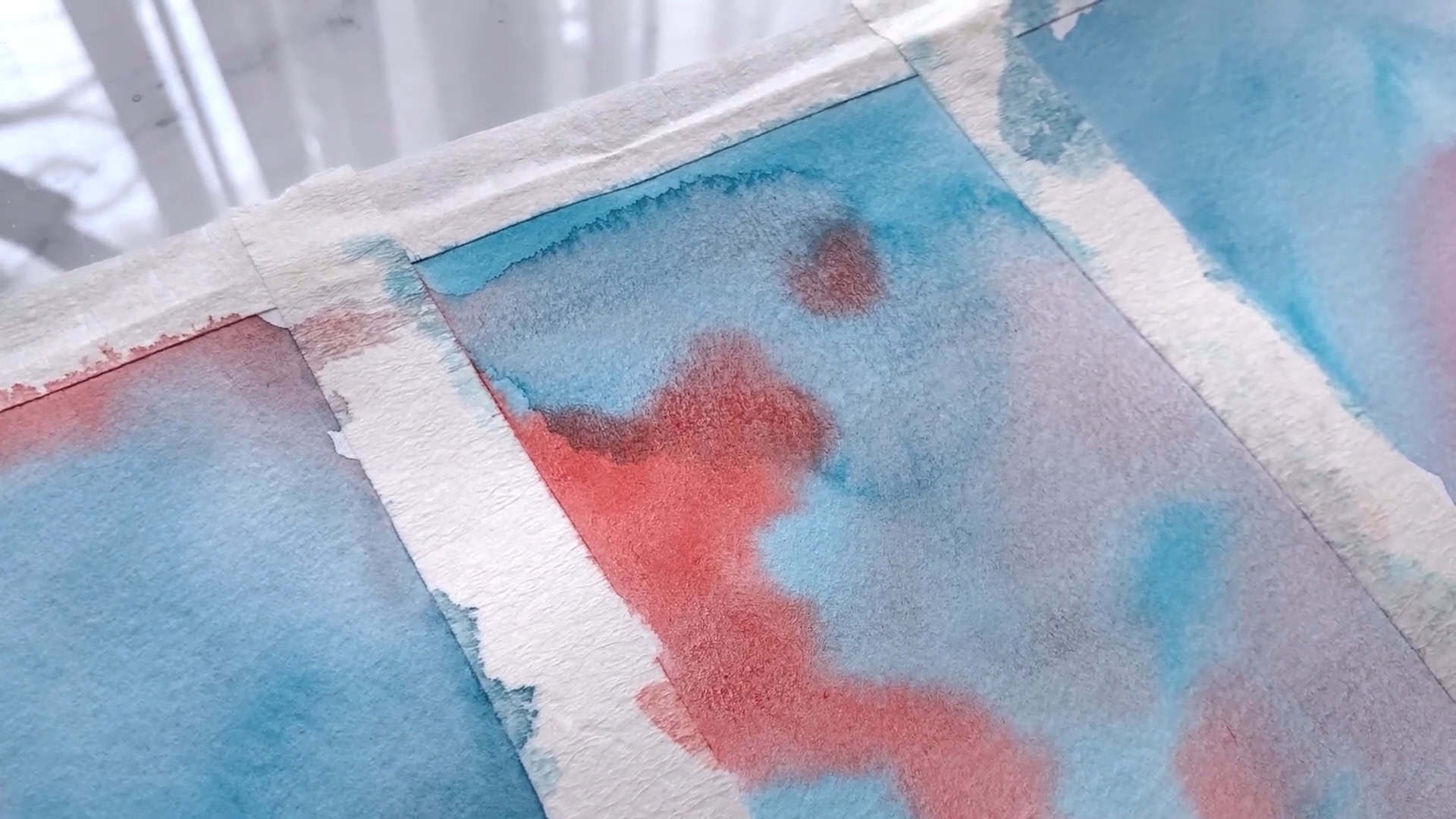Watercolor painting can be incredibly fun, but it’s also easy to make mistakes, especially when using the wet-on-wet technique.
If you’ve ever struggled with this technique, you’re not alone!
Today, I’m sharing the three most common mistakes I see, along with simple steps to fix them. These tips will help you improve your skills and avoid frustrating errors.
Contents
Understanding the Wet-on-Wet Technique

Before diving into the mistakes, let’s quickly revisit what the wet-on-wet technique is.
This method involves applying paint onto a wet surface, which allows the colors to blend seamlessly and create beautiful soft transitions.
It’s perfect for painting skies, backgrounds, or any area where you want to achieve that dreamy, blurry effect.
When done correctly, wet-on-wet can create beautiful, flowing blends of color that feel natural and effortless.
But if you’ve tried it before, you probably know it can be tricky to master.
The good news is that by avoiding a few common mistakes, you’ll be well on your way to mastering this technique!
Mistake 1: Using Too Much Water
One of the most common mistakes I’ve seen with wet-on-wet painting is using too much water.
It’s easy to get carried away, especially when you’re eager to see those beautiful blends form.
But when there’s excess water on your paper, it can cause problems.
Why This Happens

You might feel that more water will help your paint spread easily, but excess water can cause puddles to form on your paper.
These puddles trap the paint, preventing it from blending correctly with other colors.
Instead of creating those soft transitions you aim for, your paints will sit in pools, and once they dry, you may notice the dreaded cauliflower effect—those weird, lumpy edges.
This mistake happens when water pools in the corners of your paper, resulting in slow drying and the paint getting stuck in these areas.
When the next color is added, it can spread into these puddles, causing muddy mixes instead of smooth blends.
How to Fix It
If you’ve made this mistake, don’t panic! Here’s what to do:
Let the paper dry fully: Allow the paper to dry completely before trying to fix anything.
Re-wet the entire area: Once the paper is dry, use a clean brush and lightly pre-wet the area where the paint was pooling.
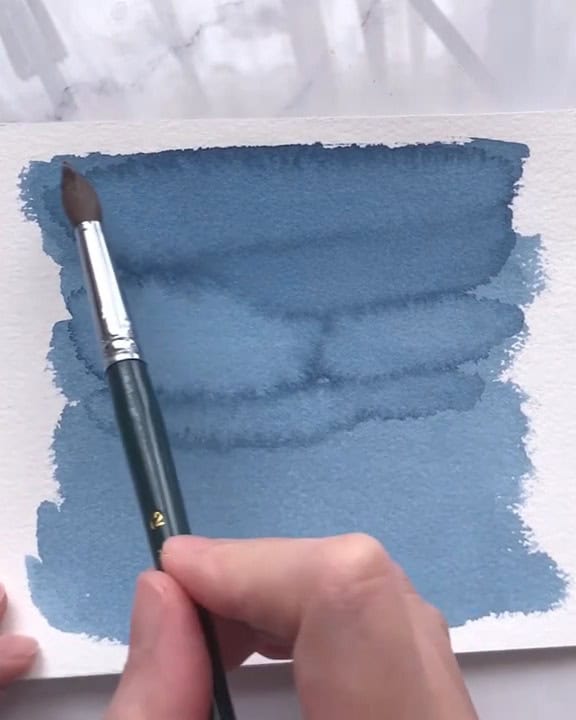
Blend the harsh edges: If you’re lucky, you can soften the harsh edges using your brush.

Apply a blue wash: Finish by adding a light blue wash over the area to cover any leftover harsh lines and smooth out the transitions.

By doing this, you can restore that nice, smooth wash you were hoping for!
Mistake 2: Using Too Little Water
On the flip side, using too little water is another mistake I see often.
Sometimes, in an attempt to avoid the messiness of too much water, people accidentally skip the pre-wetting step or don’t apply enough water to the paper.
Why This Happens
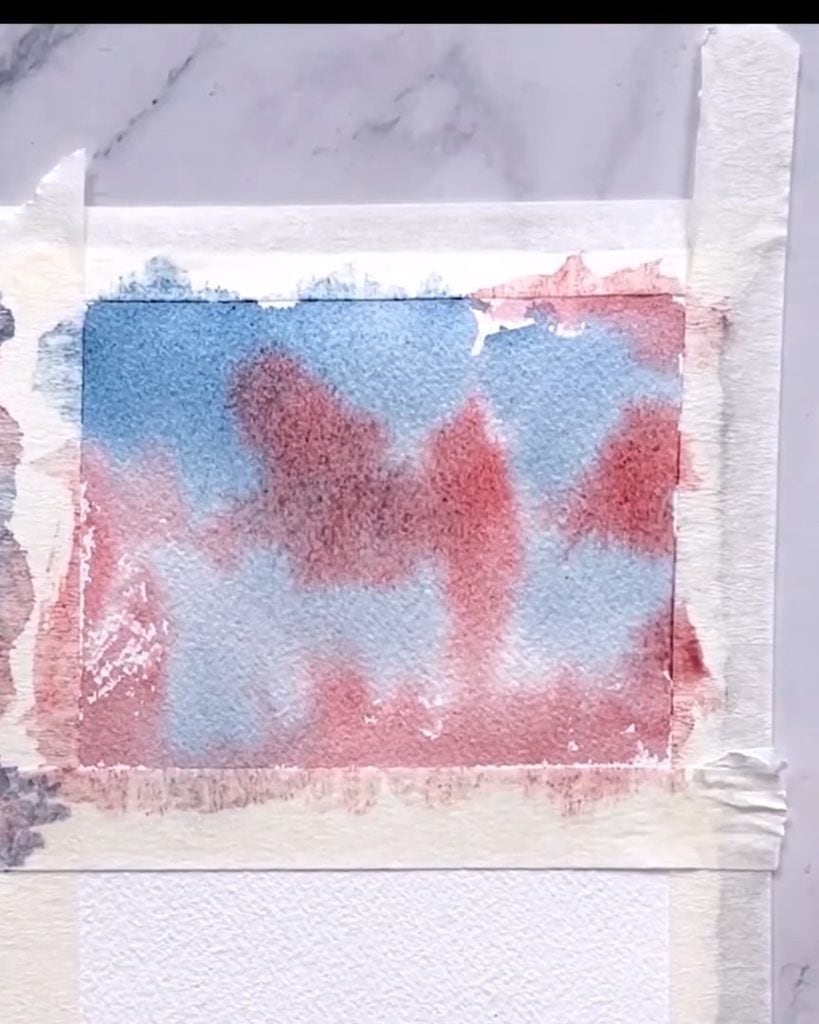
This mistake usually happens when the initial pre-wetting layer isn’t done correctly.
Without enough moisture, the paint won’t spread as smoothly, leading to harsh edges where the paint is applied.
If your paper isn’t evenly wet, you’ll notice that the paint doesn’t flow naturally like it does in a well-prepared wash.
Instead, the colors will stay where you applied them, and you’ll end up with visible brushstrokes and uneven blending.
How to Fix It
Here’s how you can fix this mistake:
Apply water properly: Start at the top left of your paper and apply water evenly across the surface, working your way to the right and downwards.
Check for shine: After applying water, tilt the paper sideways to check for a smooth, glossy shine. If some areas look matte, that means you need to apply more water.
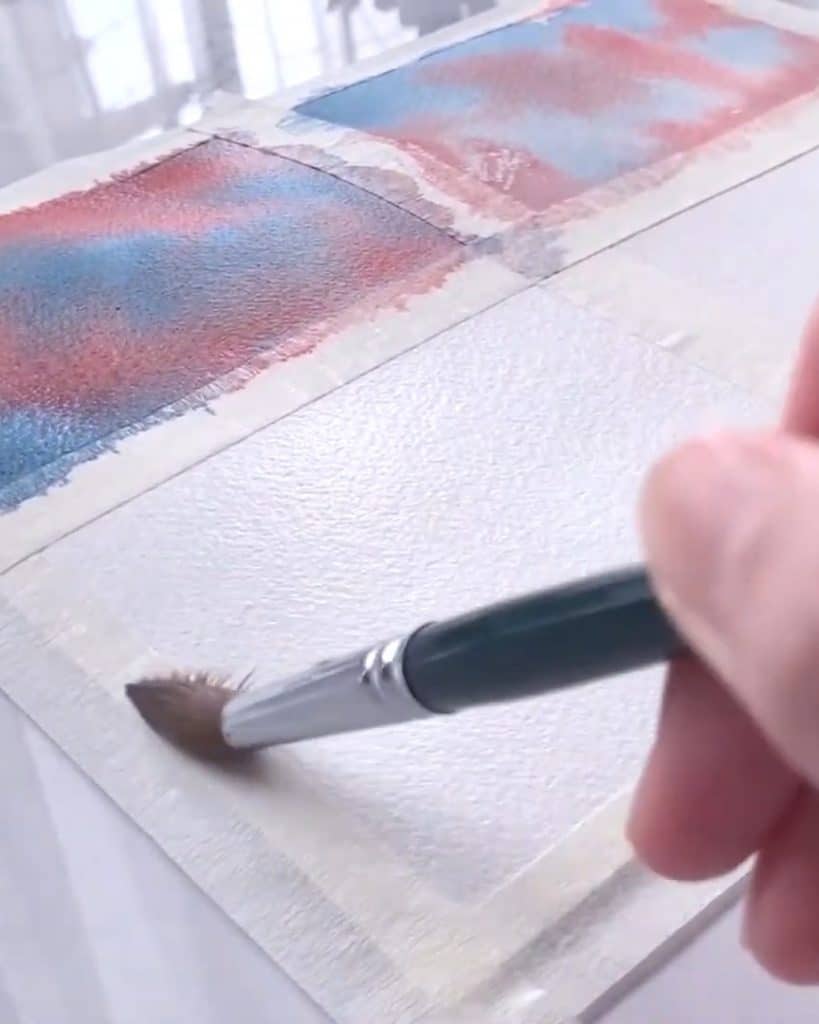
Remove puddles: If you notice any excess water collecting in the corners, gently remove it using a clean paper towel or dry brush.
Let the water settle: Allow the paper to sit for a few seconds so the water can properly sink in.
Apply paint: Once the water has settled, you can start painting. The colors will now blend and spread much more easily.
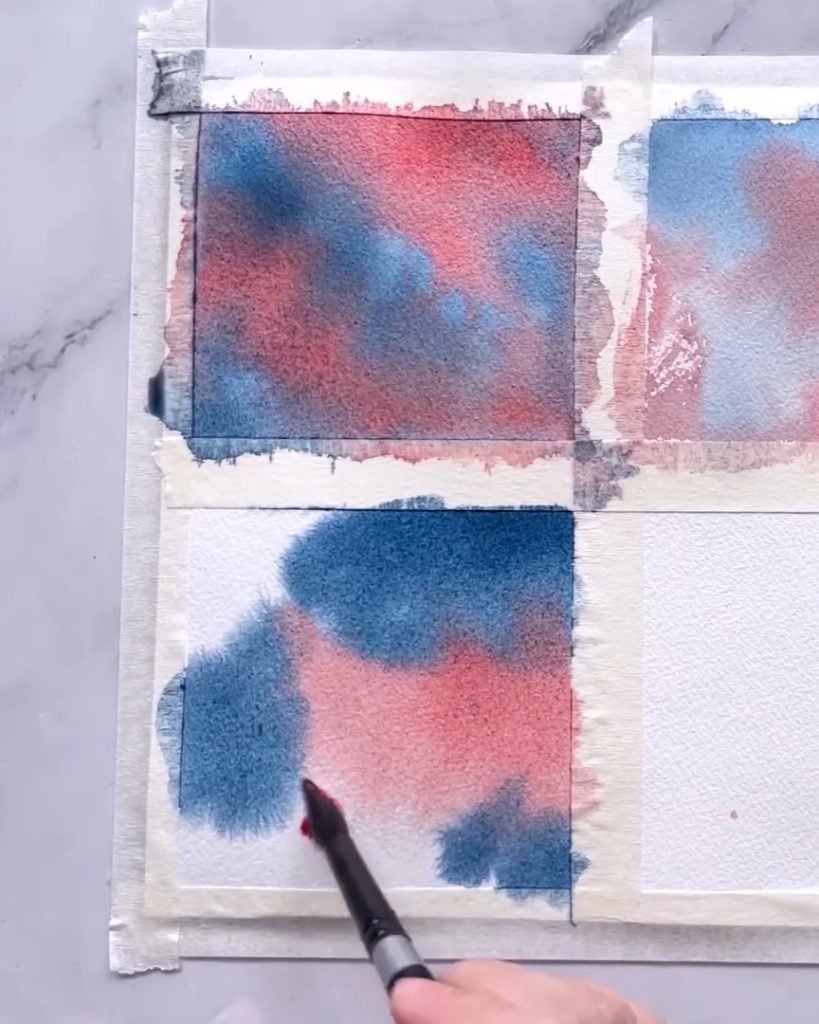
Properly pre-wetting your paper will give your paint the freedom to flow, creating those lovely, soft transitions that make wet-on-wet so appealing.
Mistake 3: Not Knowing When to Stop
This next mistake is one I’ve been guilty of myself—continuing to paint when you should stop.
Sometimes, I get too focused on making the colors perfect and don’t realize when the paper has started to dry.
Why This Happens
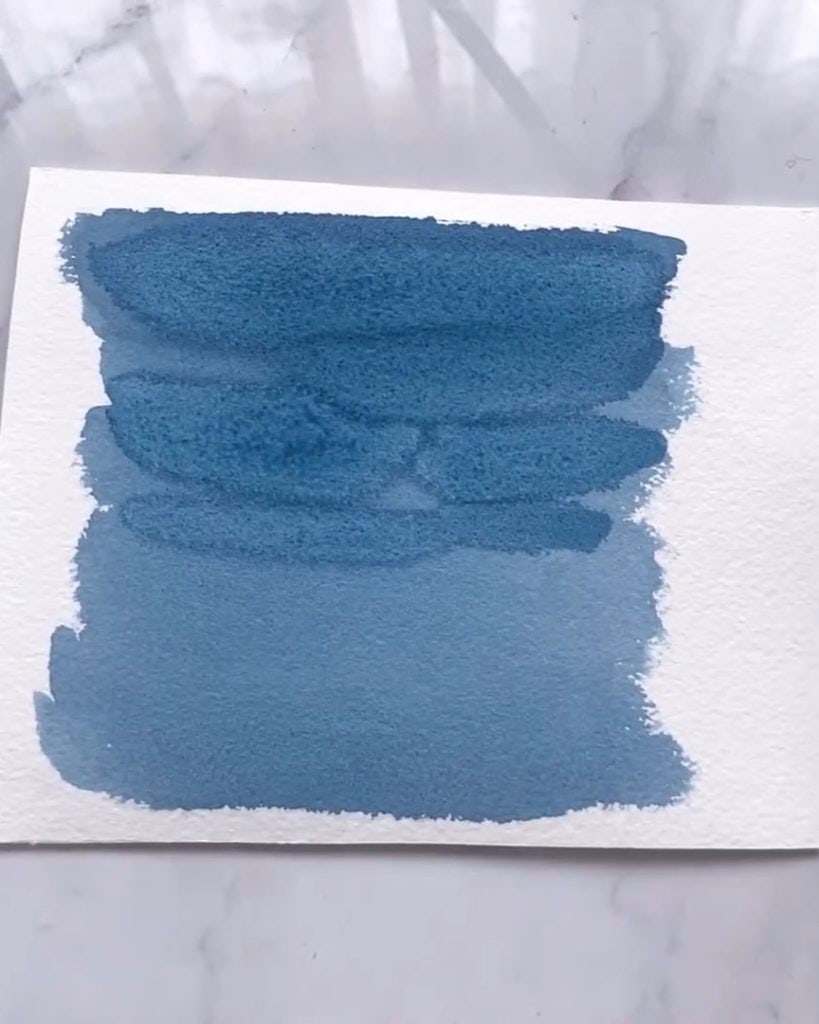
The problem arises when the paper starts to dry unevenly, and we try to add more paint, not realizing that the drying phase has already started.
If you add paint during this time, you’ll end up with unwanted textures, like the infamous cauliflower effect, also known as watercolor blooms.
Essentially, when the paper starts to dry, some areas are wetter than others.
If you add new paint to the damp spots, it will spread and leave blooms.
On the other hand, if you apply thicker paint, you might end up with harsh lines instead of smooth blends.
How to Fix It
Here’s how you can avoid the cauliflower effect and fix this mistake:
Recognize the drying phase: Stop adding more paint when the paper enters the drying phase. The surface will begin to dry unevenly, and you’ll start noticing harsh edges.
Let it dry completely: If you want to add more layers, let the paper dry fully first. You can use a hair dryer to make the process faster. Then, lightly pre-wet the area with clean water and apply more paint.

Be patient: It’s essential to let each layer dry before continuing. Working on a dry paper helps you achieve smooth, even layers without ruining the effect.
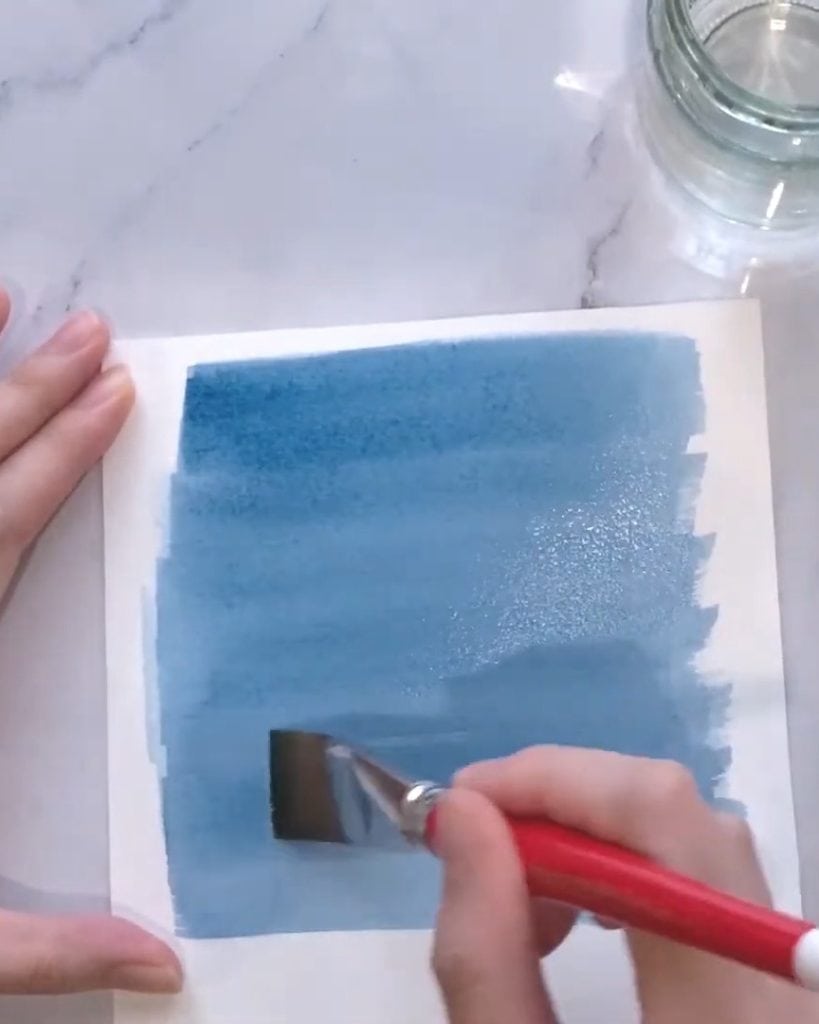
It’s all about timing—being patient and knowing when to let your paper dry before you add more color.
How to Identify the Drying Phase
One of the trickiest parts of using the wet-on-wet technique is knowing when the drying phase starts and when to stop.
The drying time can vary depending on the type of paper you’re using and how much water is on it.
To help you understand this better, I recommend trying this simple experiment on your own.
Here’s what you do:
Apply a First Layer: Start by applying a first layer of blue paint to two sheets of paper, ensuring both are equally wet.

Add More Paint: On the first sheet (the left), drop a more diluted blue mixture, and on the second sheet (the right), add a thicker blue mix.
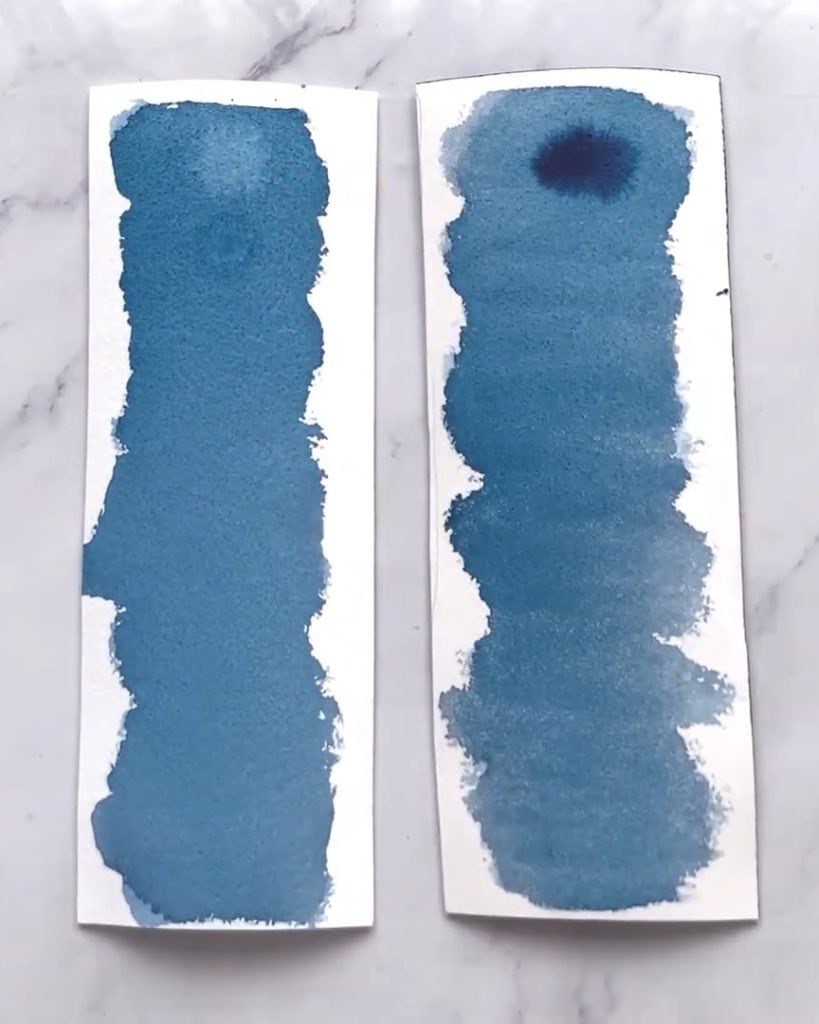
Repeat the Process: As time passes, continue adding more layers of paint, repeating the process on both papers as you work your way down.

As you observe the papers, you’ll notice the following:
Left Paper: The diluted blue paint spreads smoothly at first. Over time, it won’t spread as much, and harsh edges begin to form, causing what’s known as the cauliflower effect. By the last drop, the paint sits on top of the paper without spreading out—this means the paper has fully dried out.
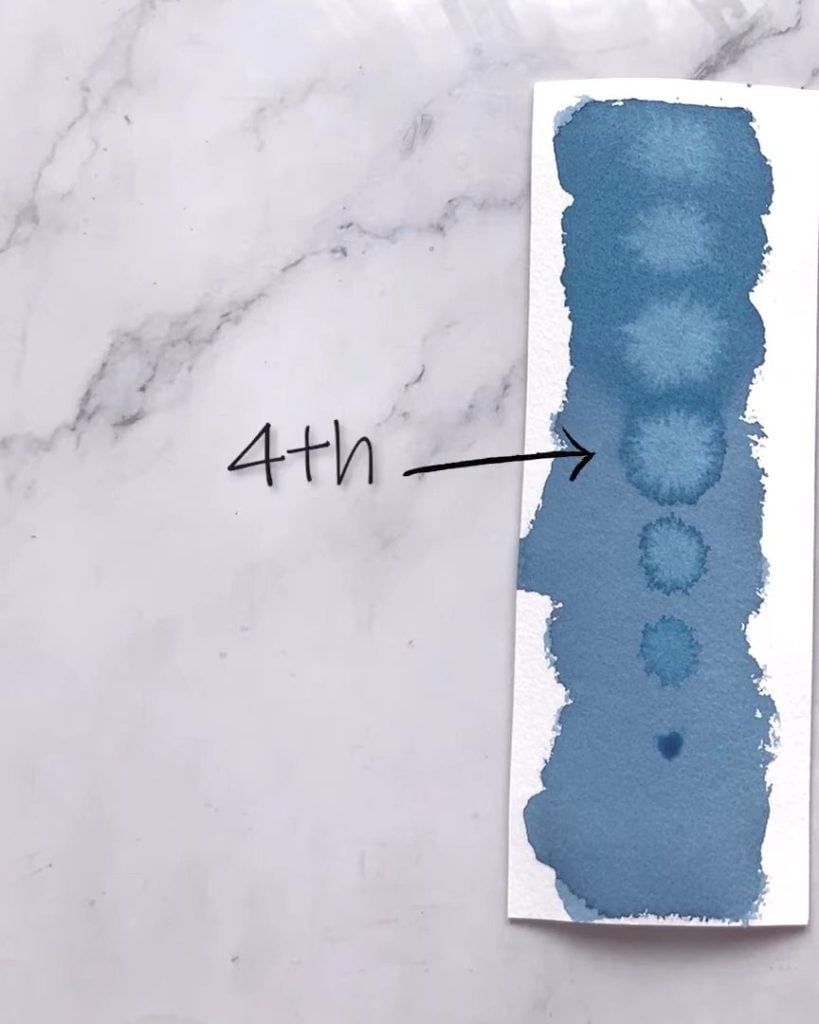
Right Paper: Similar to the left, the paint spreads less over time and forms harsher edges. The difference here is that the drying phase began much earlier on this sheet because of the thicker mixture.

From this experiment, you can identify when your paper has entered the drying phase.
For the left paper, this happened around the fourth drop, while for the right, it was around the third.
The key takeaway is that every paper is different, so practicing this experiment will help you understand your materials better and learn how much time you have before your paper starts drying.
Closing Words
Mastering the wet-on-wet technique takes practice, but understanding and fixing these common mistakes will help you get there faster.
Whether it’s knowing how much water to use, understanding when to stop painting, or recognizing the drying phase, each step brings you closer to a beautiful, blended watercolor painting.
Have you made any of these mistakes while using the wet-on-wet technique?
Try the fixes I’ve shared and let me know how they work for you in the comments below!

